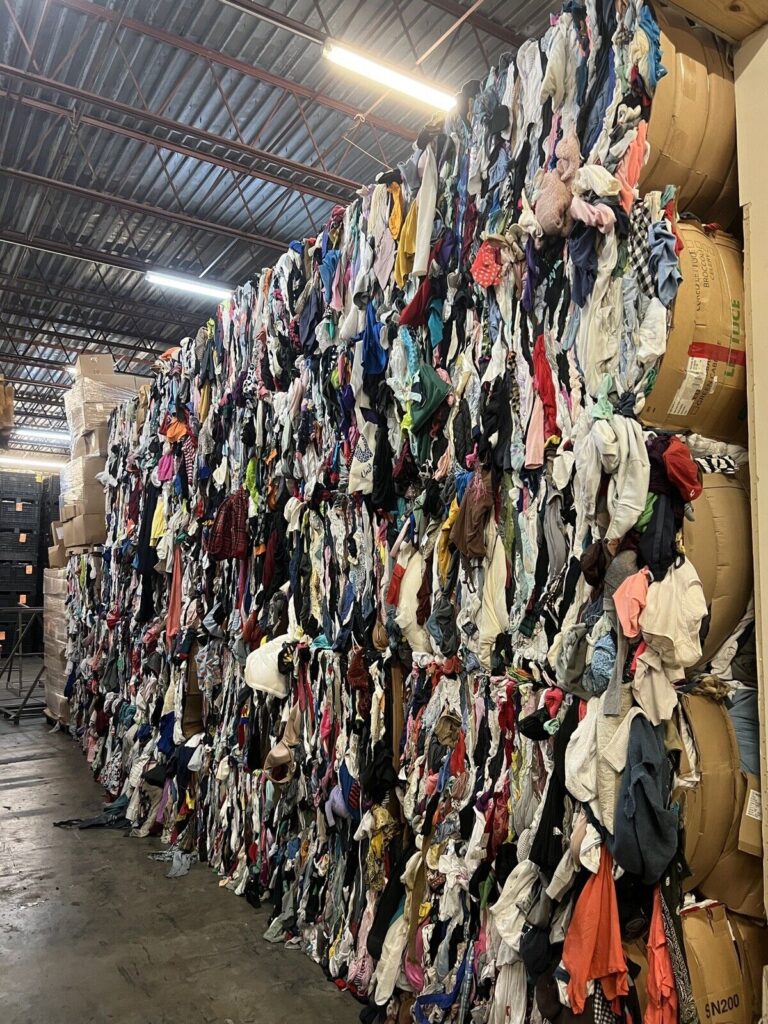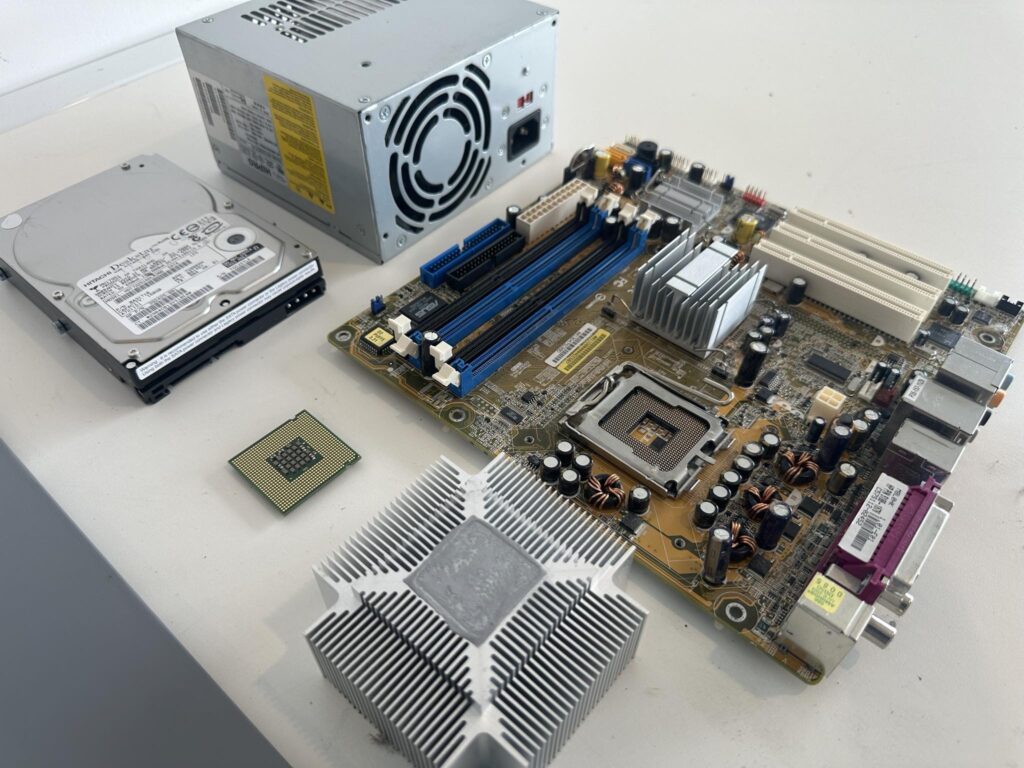
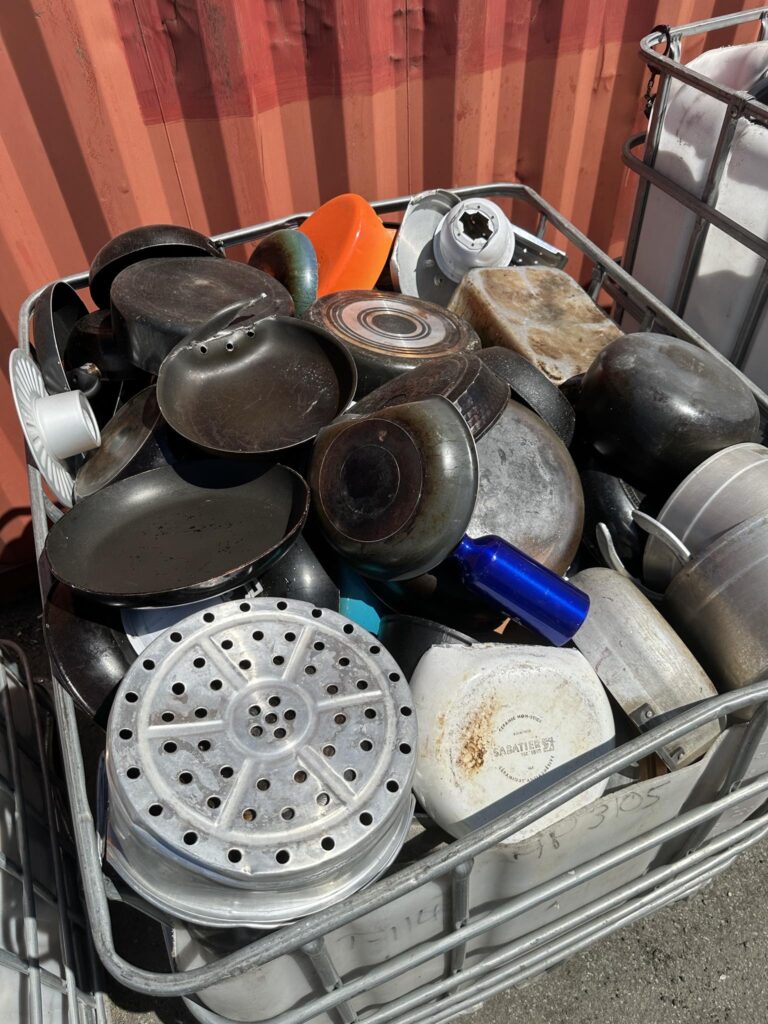
FERROUS METALS
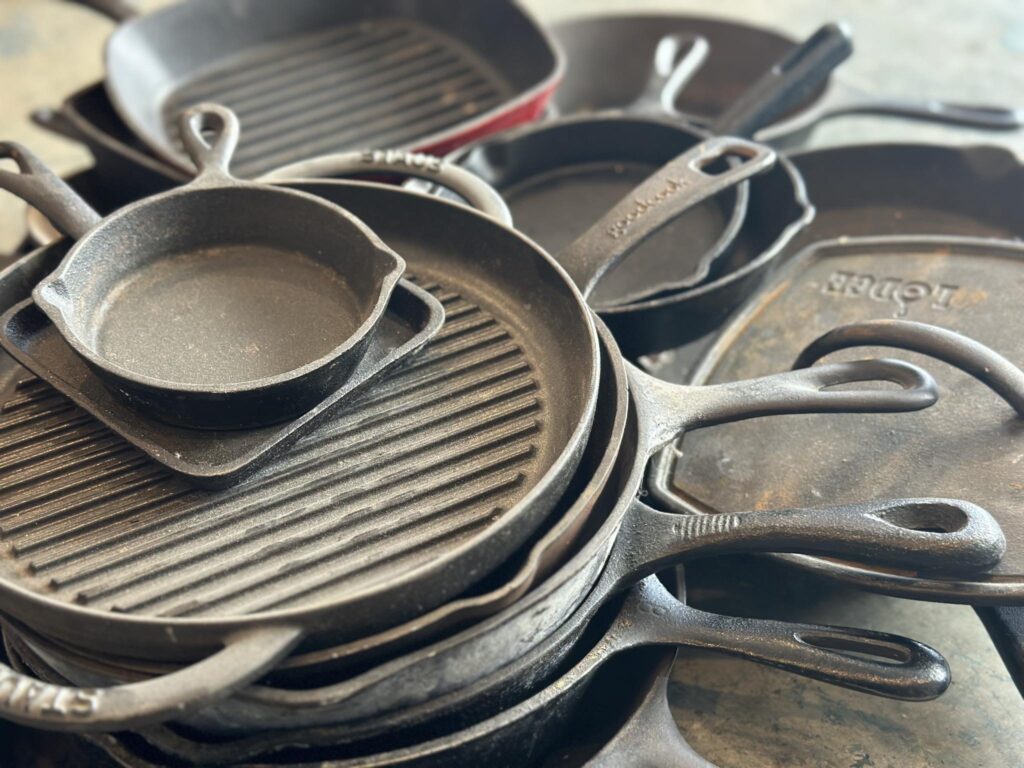
CAST IRON
Cast iron cookware, pots and machinery components as well as heavy duty automotive parts.
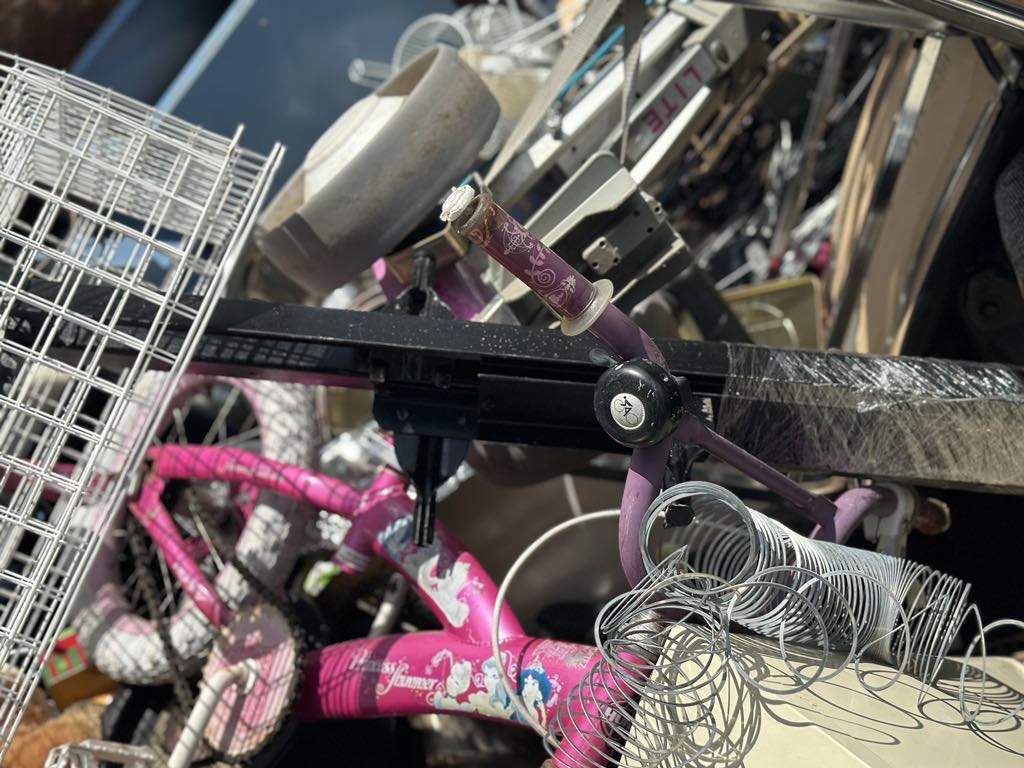
LOW GRADE STEEL
Low-grade steel typically refers to types of steel that have lower carbon content and may contain higher levels of impurities or alloying elements. Examples of low-grade steel include mild steel, which is commonly used in construction due to its affordability and easy formability; stainless steel with lower chromium content, which may exhibit reduced corrosion resistance; and carbon steel with a lower carbon percentage, resulting in weaker mechanical properties compared to higher-grade steels.
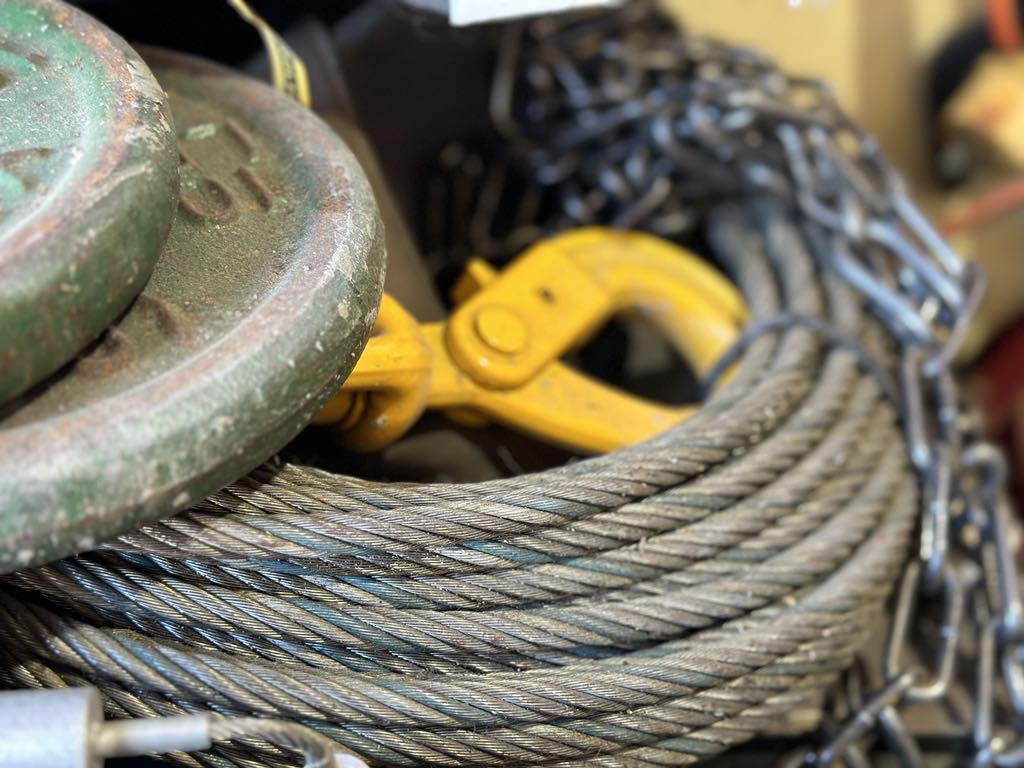
STEEL
The collected steel is sorted based on type and quality. The majority of the items include household and sporting goods, automotive components and heavy industrial steel from manufacturing facilities.
NON-FERROUS METALS
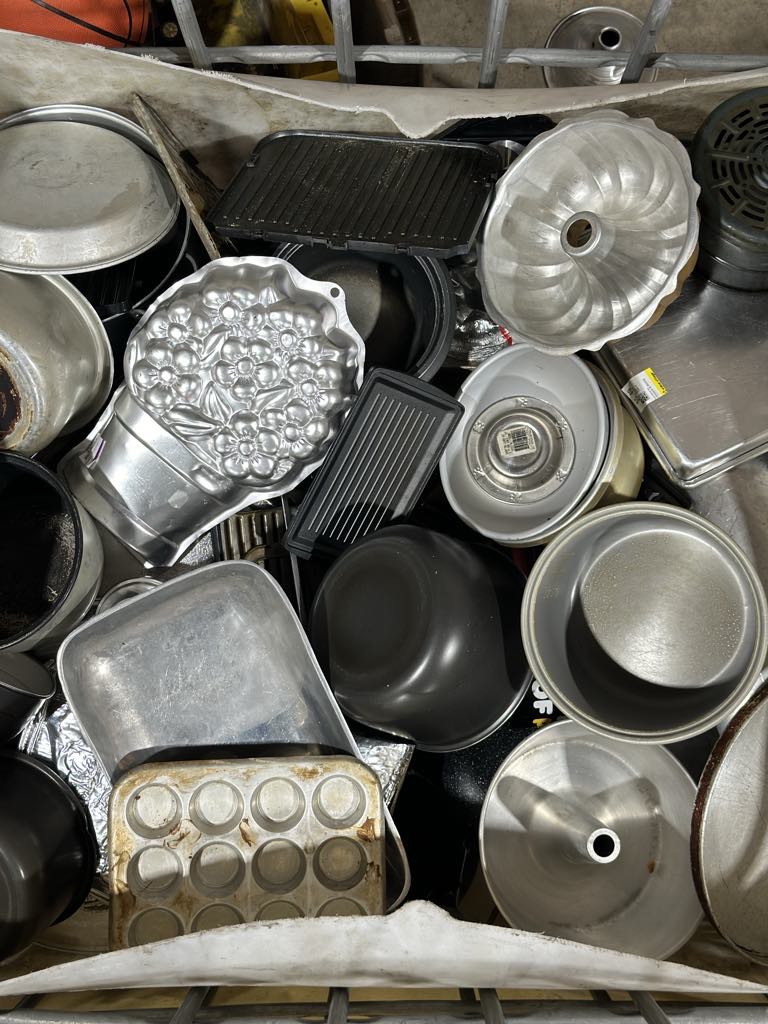
ALUMINUM
The aluminum that is received is separated into clean and dirty aluminum. Clean aluminum from both commercial and residential zones is compacted and sent out for further processing.
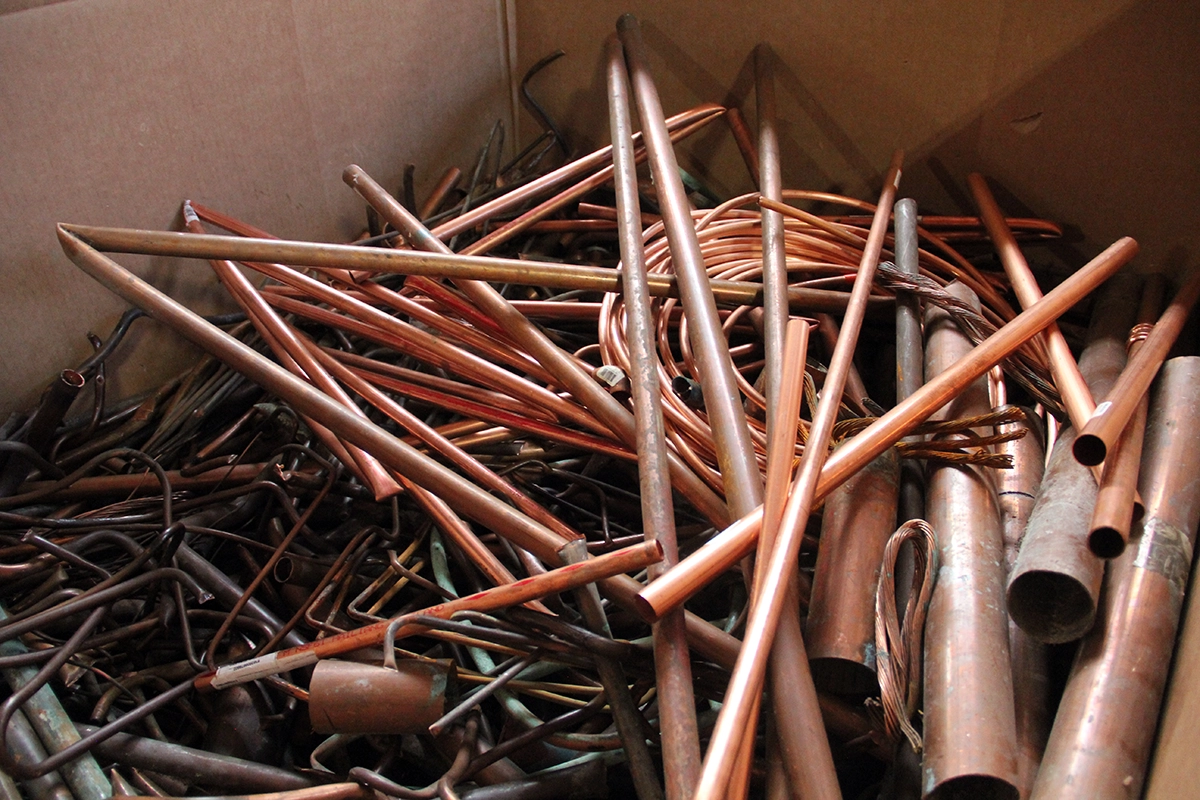
COPPER
The entire economy of the copper alloy industry is dependant on the economic recycling of any surplus products. A wide range of end of life appliances contain wire which is directly separated for the recycling of copper. The process of copper granulating is used to separate the plastic insulation on the wire from the pure copper material. The majority of copper pots, pans, and decorative items will require a further break down of material using the sheering process.
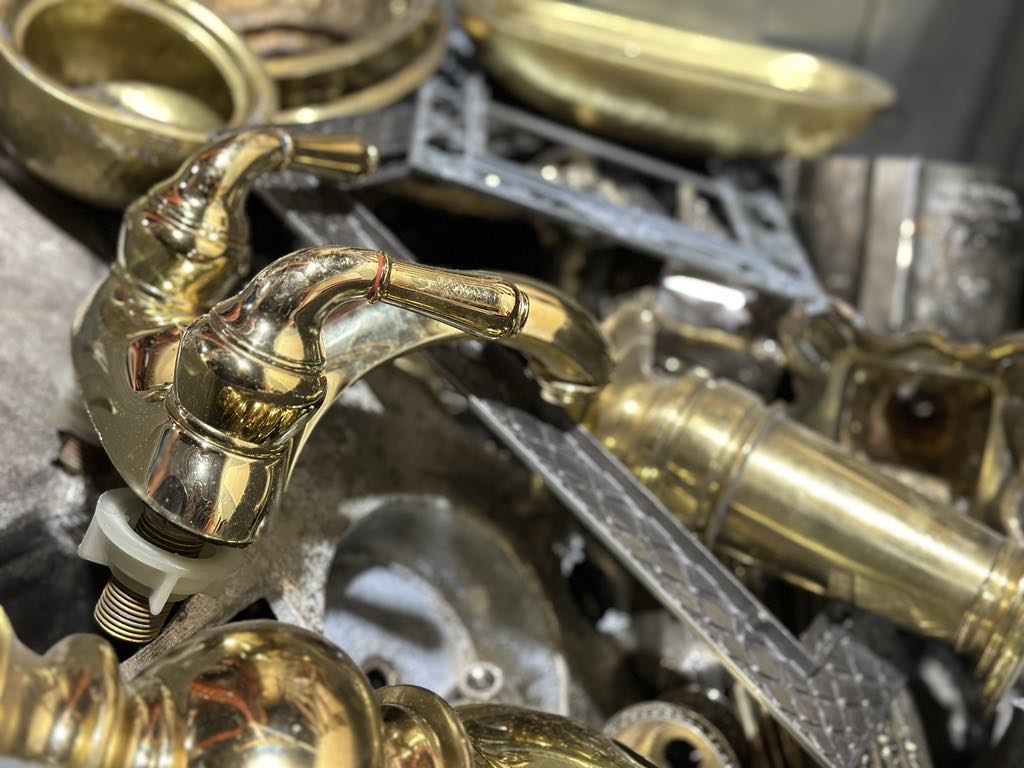
BRASS
Carefully segregated and identified brass scrap can be economically remelted to create a variety of new products. We specialize in separating brass into its designated types (extruded, cast, rolled, etc).
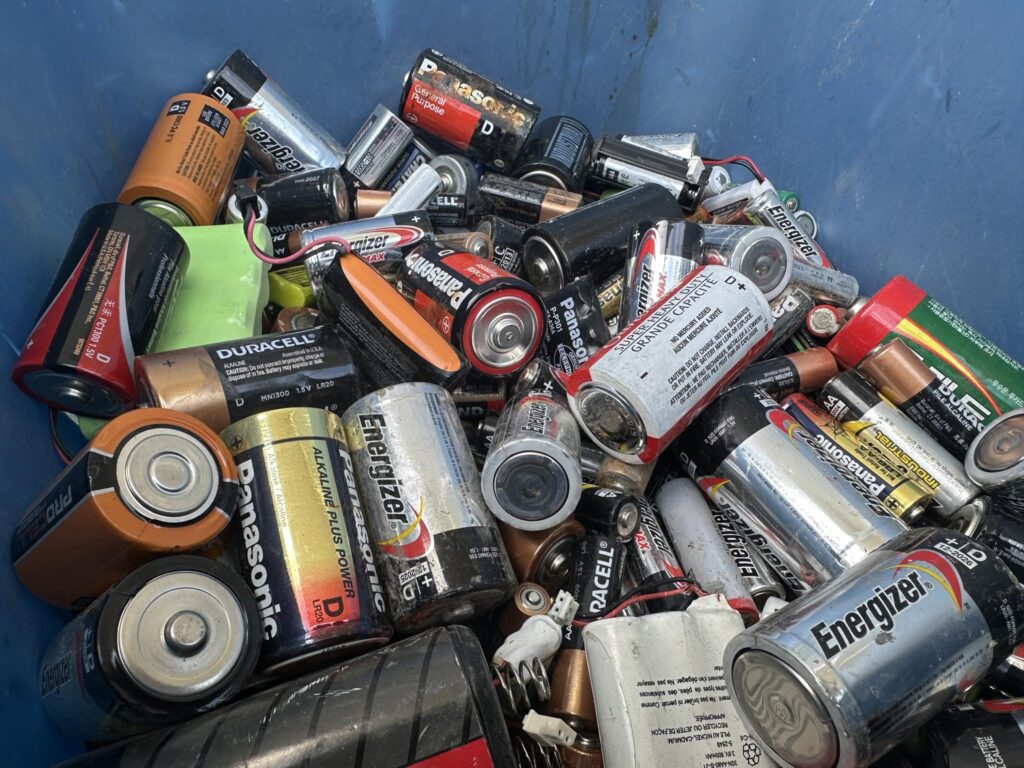
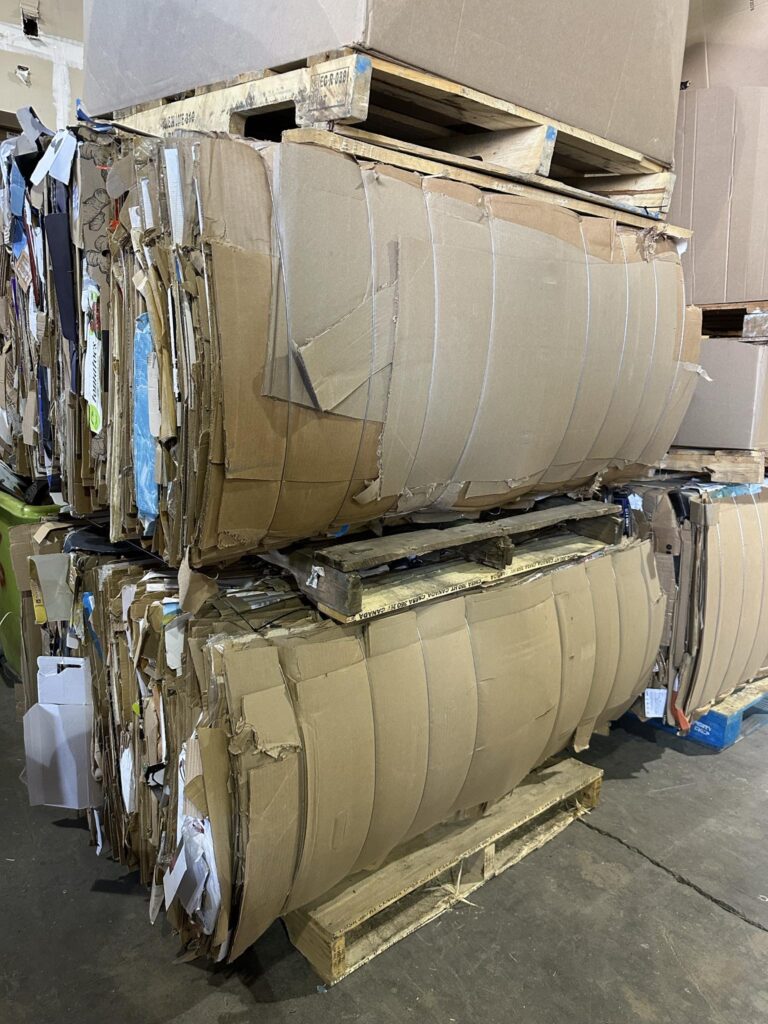
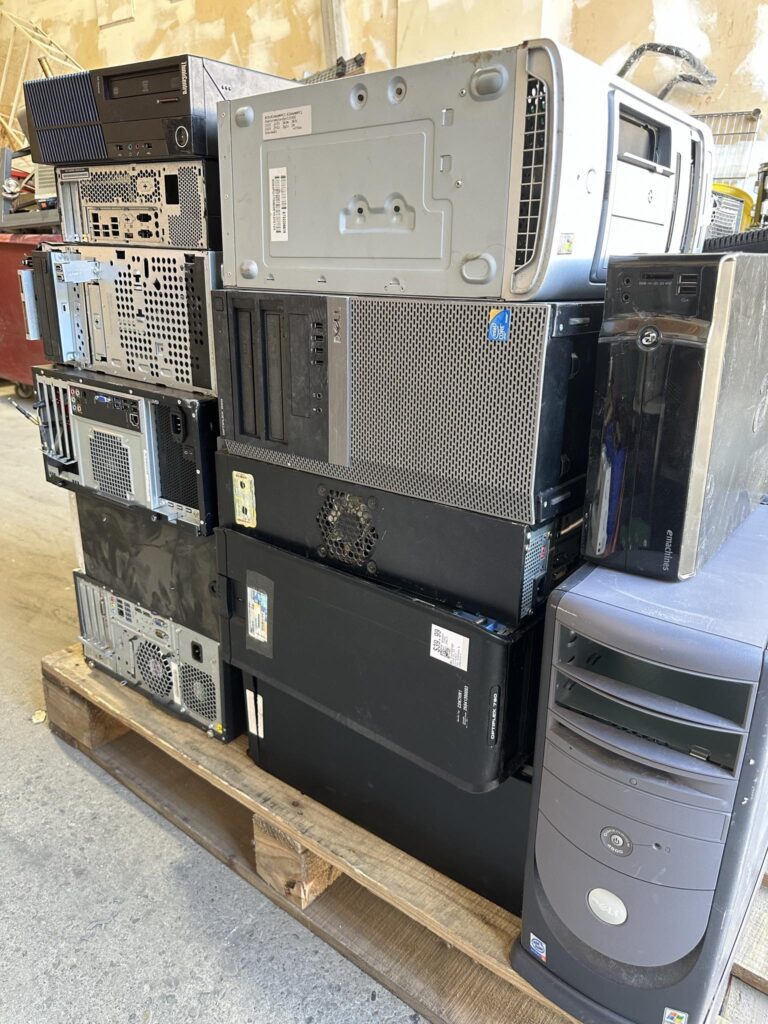
VARIOUS E-WASTE COMPONENTS
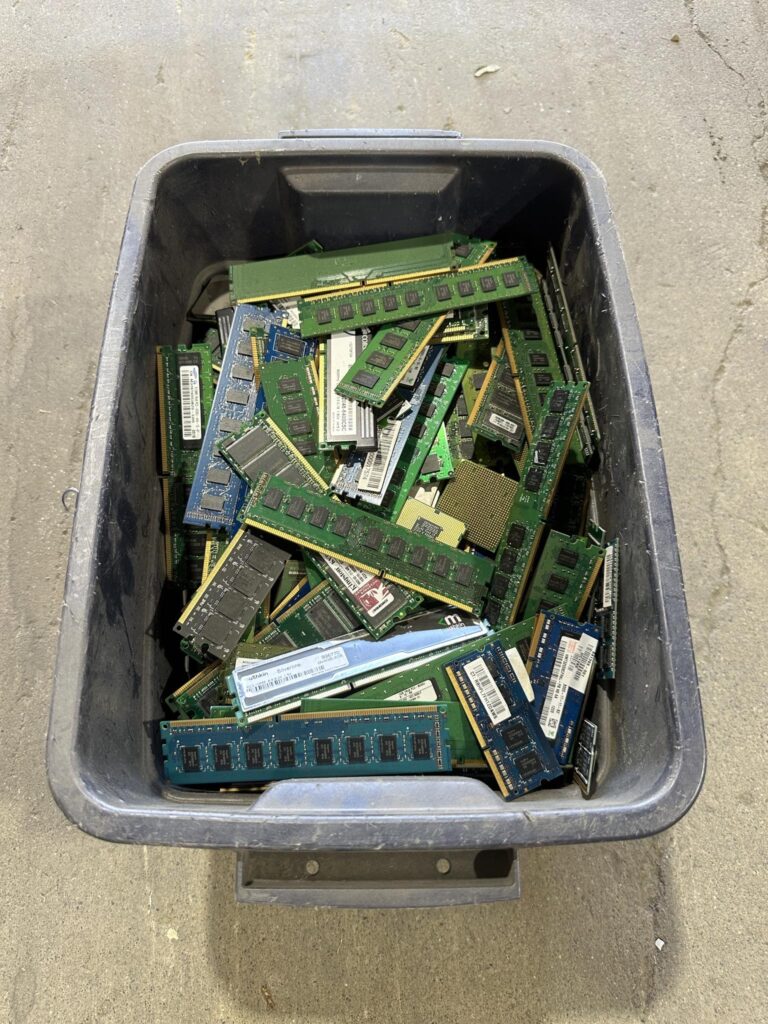
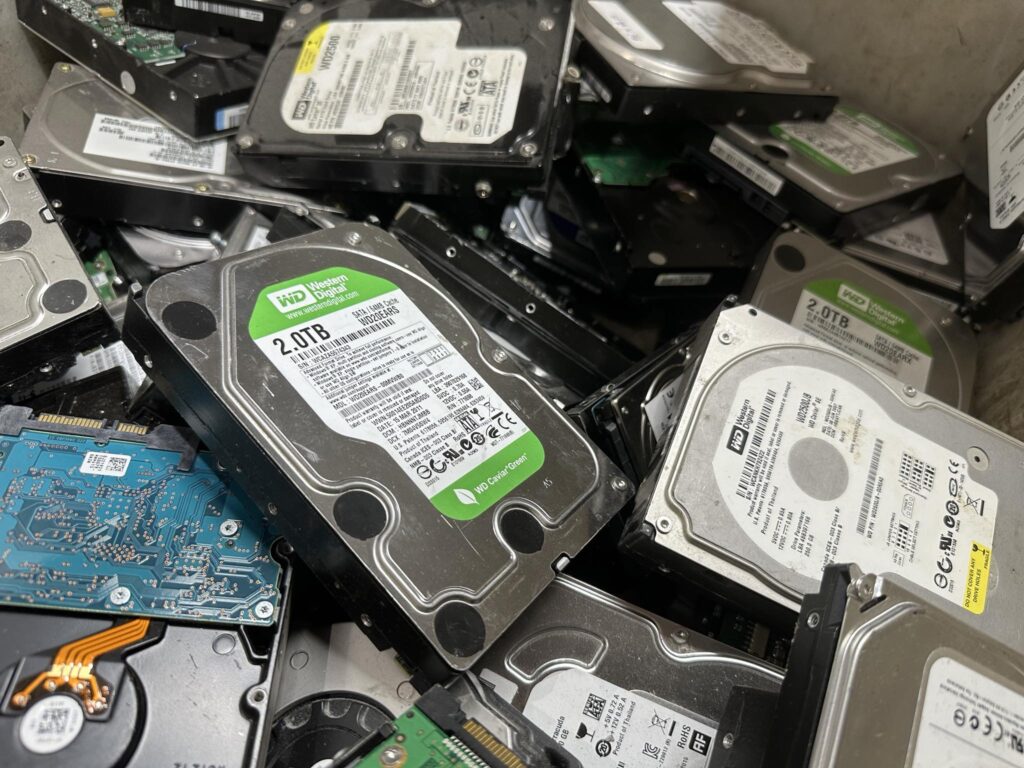
RAM and Hard Drives
Computers and electronics containing items such as hard drives, cpu’s, PCI cards and RAM are removed from their devices. They are then shredded and sent for processing in a facility where they are efficiently broken down into their base materials using sustainable and non-toxic chemicals to extract.
The added value and benefit of data destruction is automatically included in our recycling process.
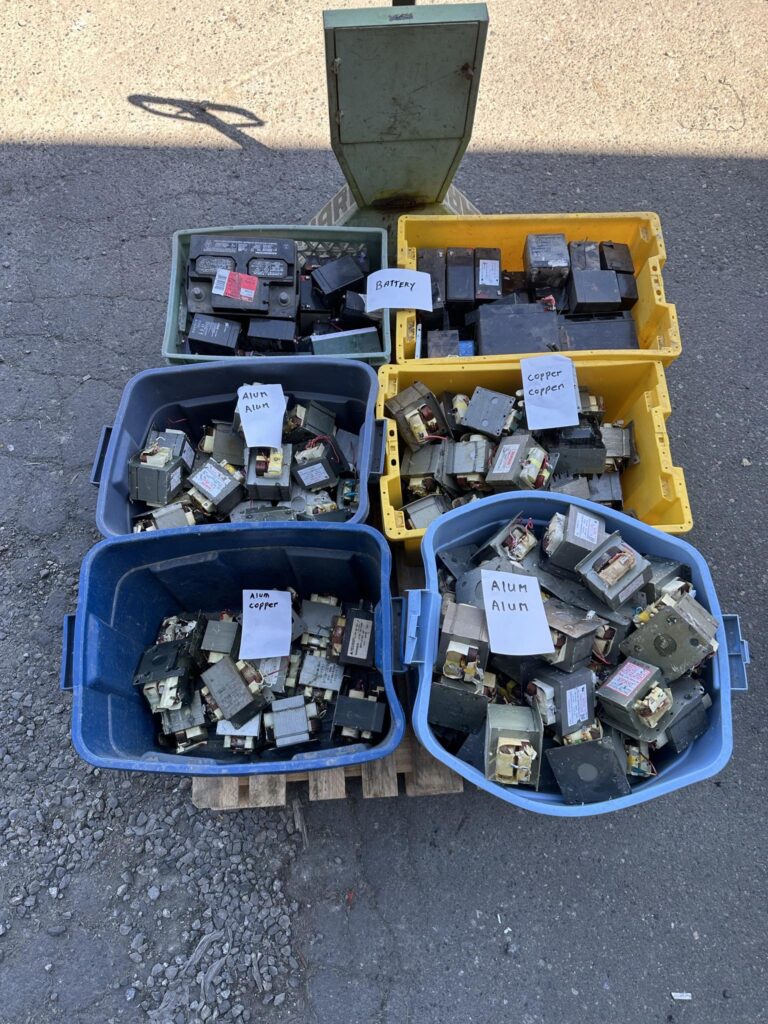
Electric Motors and Transfer Cores
Electric motors and transfer cores (Transformers) are removed from all items containing them. (Even from small AC adapters)
These items are split using special machinery. Once split they are broken down into their individual materials (Ie: Copper, steel, aluminum)
The steel is recycled as ferrous material and sent to shred. The copper and aluminum are melted to create ingots and re-introduced into the market as raw material that can be shaped, formed and further purified to create brand new products.
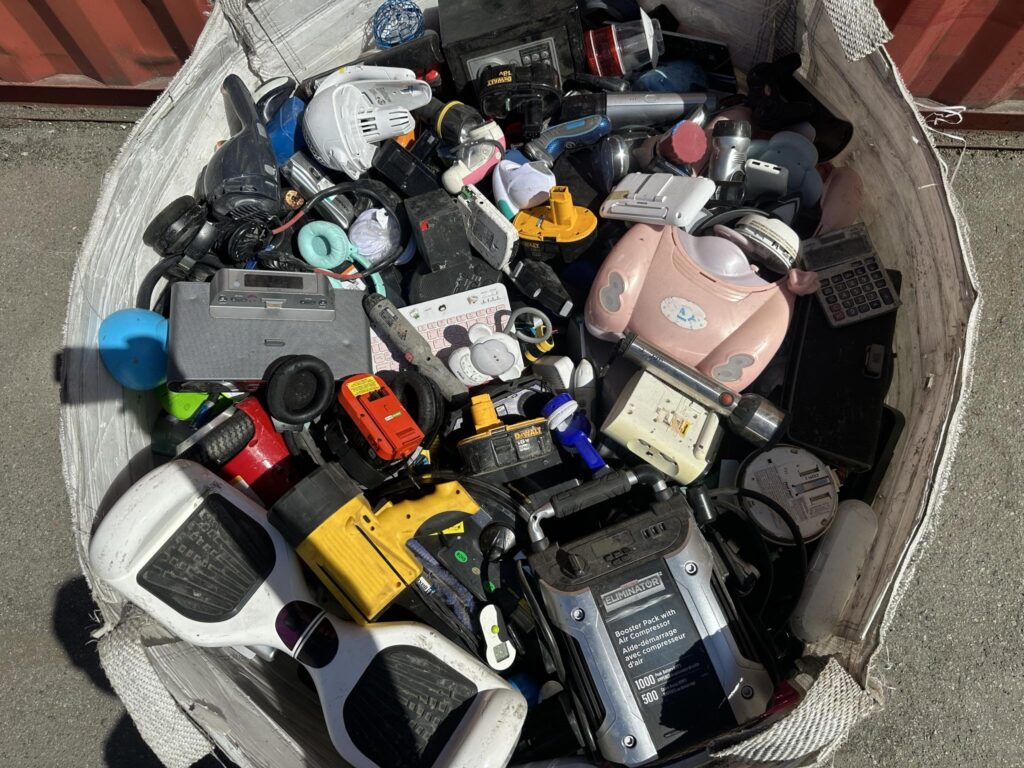
Hazardous Material Separation
Smaller items that contain hazardous materials are carefully broken down by hand to extract the batteries and capacitors. The capacitors are discharged and recycled for their base materials.
In collaboration with a local partner the batteries are disassembled and broken down to be recycled properly for their raw materials.
